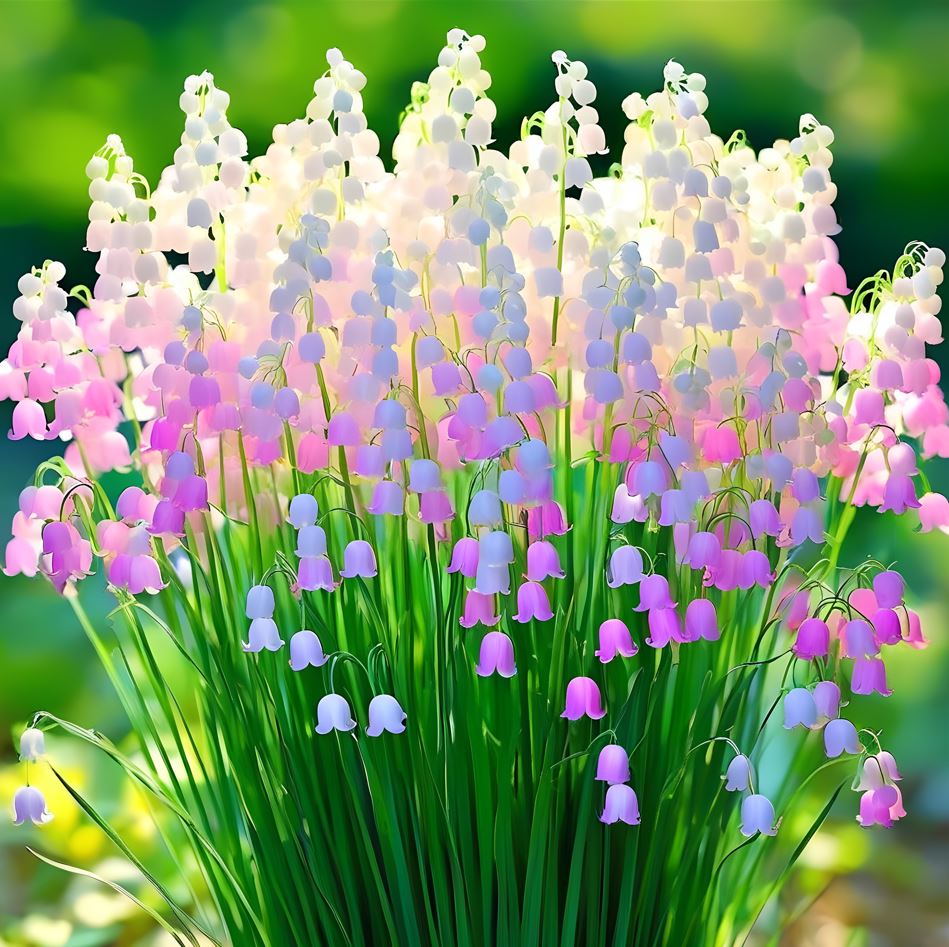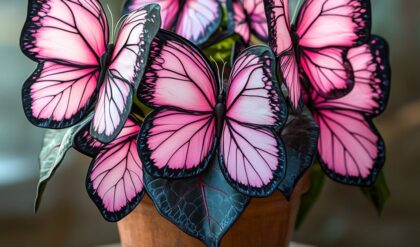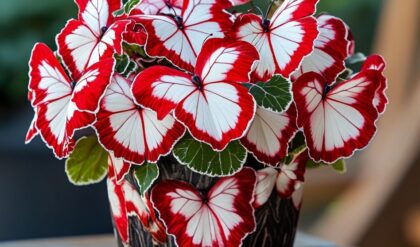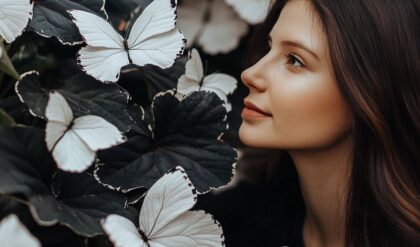Lily of the valley, scientifically known as Convallaria majalis, is more than just a visually enchanting flower; it’s a tapestry woven with rich symbolism, toxic secrets, and ecological importance. With its delicate white bell-shaped flowers and a fragrant aroma that captivates many, this perennial plant invites us to explore its complexities—drawing connections between nature’s beauty and its powerful, often dangerous allure.

The Enigmatic Allure
One cannot overlook the intrinsic beauty of lily of the valley. Its appearance evokes sentiments of purity and serenity, making it a popular choice for gardens and a recurring motif in various cultural contexts, particularly in weddings where it signifies happiness and luck. This juxtaposition emphasizes an important notion: beauty can exist alongside danger. While lily of the valley enchants passersby, it harbors potent toxins that can lead to serious health risks if ingested, causing symptoms like nausea or arrhythmia .
Moreover, this duality might remind us of life itself—a landscape filled with both alluring moments and perilous challenges. The radiant charm of its blossoms can be seen as analogous to fleeting happiness, which often accompanies potential pitfalls. For instance, envision a garden blooming with lily of the valley, drawing children’s laughter as they play nearby, unaware of the hidden dangers lurking within those innocent-looking flowers. Such imagery encapsulates our perpetual dance with risk amidst delight.
Ecological Role
From an ecological perspective, lily of the valley plays a significant role in forest ecosystems. As a ground cover, it thrives in shaded areas, providing habitat for various organisms while preventing soil erosion. Growing to a height of only 10 inches, these plants feature rhizomes that spread underneath the surface, reinforcing their presence as a resilient species native to Eurasia . This characteristic may inspire admiration, as it reflects nature’s ability to adapt and assert dominance even in less favorable conditions, much like grit and perseverance in human endeavors.

In gardens, this plant can also serve as a reminder of the importance of biodiversity. By encouraging the growth of such perennials, we not only beautify our surroundings but also create habitats for pollinators and other wildlife. It’s fascinating to consider how introducing a single flower can have ripple effects on an entire ecosystem, showcasing nature’s intricate web of interdependence.
Cultural Reflections
Historically, lily of the valley has captured hearts and imaginations, weaving itself through literature, folklore, and art. In some cultures, it represents rebirth and renewal—traits symbolically associated with springtime when the flowers bloom after the harsh winter months. This echoes our own experiences of rejuvenation following periods of hardship. However, there exists a dark shadow over its beauty; tales often recount the cautionary essence of the flower. Folklore warns against the allure of the delicate petals, reminding individuals that beauty is often accompanied by latent risks.
Additionally, the phrase “do not judge a book by its cover” resonates profoundly here. The enchanting façade of lily of the valley teaches us about the necessity of deeper observation—one must dig beneath the surface to fully understand the implications of beauty intertwined with toxicity. Life, too, unfolds like this; superficial appearances often mask hidden complexities.
Conclusion
Thus, lily of the valley serves as a lens through which we can explore various themes: the beauty of nature entwined with danger, the ecological significance of biodiversity, and profound cultural reflections on existence. From enjoying its fragrance in our gardens to recognizing the potential risks associated with its allure, this plant captures our imagination while teaching pivotal lessons about coexistence, vigilance, and the multifaceted nature of beauty.



